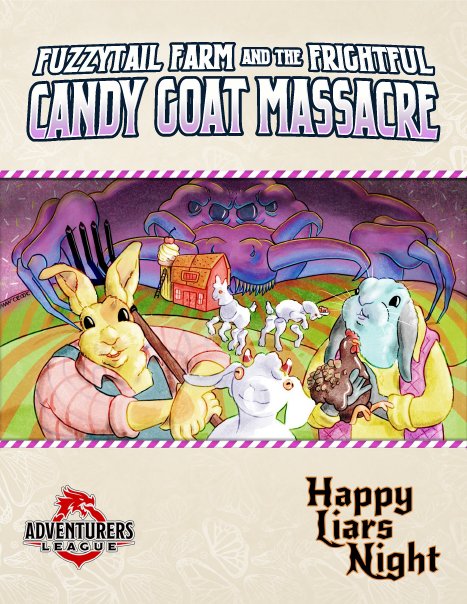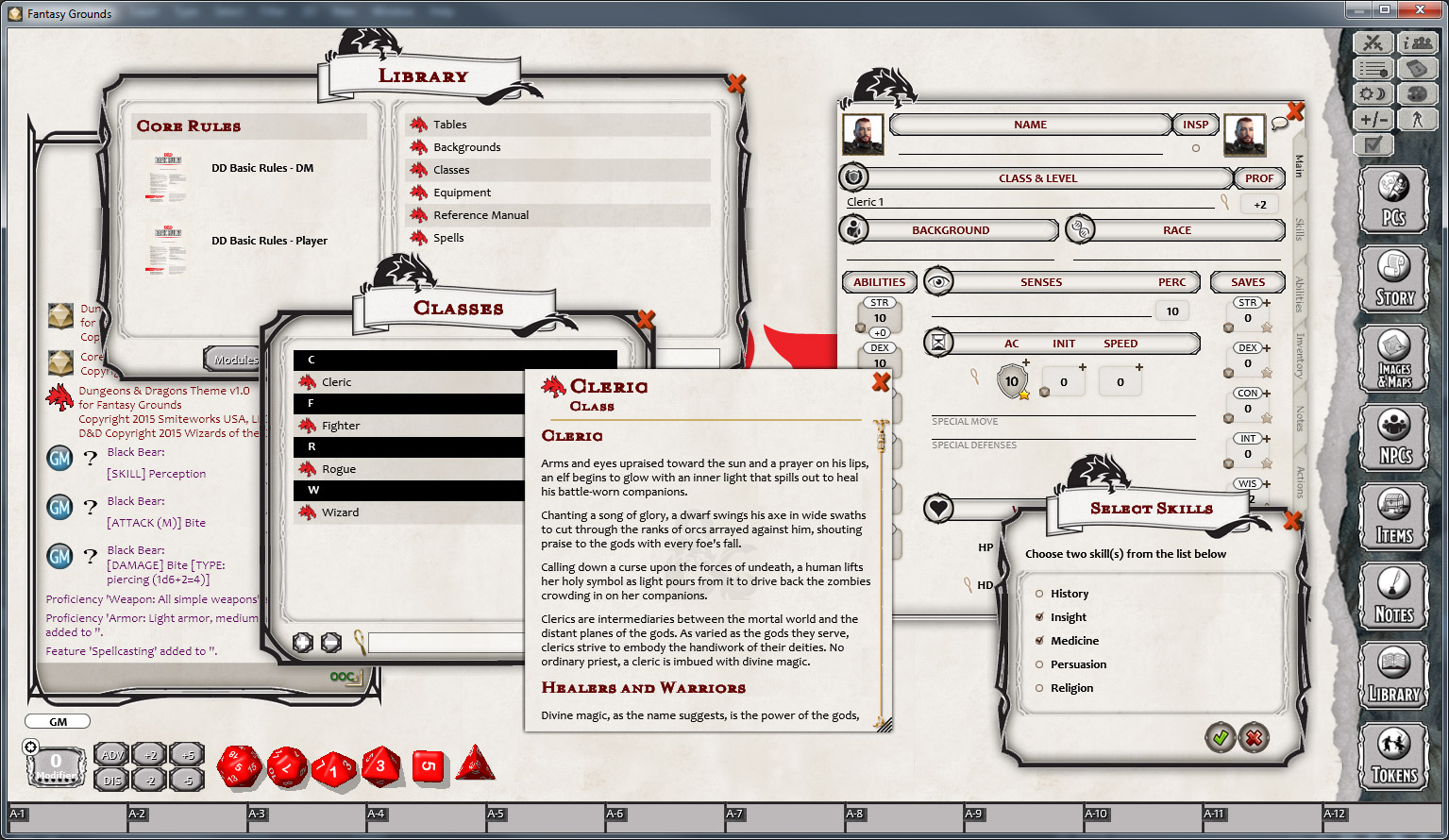
Character records, story events, area descriptions, items of note, maps, tokens and other details must all be entered into various integrated databases for use during play time. Roughly a dozen rule sets are supported, including Chaosium, Rolemaster, and Savage Worlds, along with the ubiquitous Dungeons and Dragons (3.5 and 4 th editions), and more are available unofficially from the player community.Ĭreating campaigns is a pleasant but deliberate process, and you must resign yourself to the cold truth that you won’t be starting the night you install FGII, no matter how hardcore a GM you may be. For example, using FGII, Call of Cthulhu games appear and in many ways play differently enough from D&D that it looks like your campaigns are running on separate products. These dramatically change your experience, depending on which rules you run. These aren’t just macros or add-on jpeg title images they’re full skins and script sets for the package based around the theme of the game you are playing. When creating a campaign, you are presented with a list of rulesets. This is the first place where Fantasy Grounds diverges from its competitors.

Fantasy Grounds II (FGII) sports a full-featured shared whiteboard, but that’s only part of a larger system designed to tell tales in a different, more traditional way, with the focus on the narrative rather than the graph paper.įiring up the GM client takes you to the campaign load screen where you can create, host, or join a game, and manage characters. Most suites made to run-pen-and-paper RPGs over the internet focus on the shared whiteboard model, where the GM and players use an interactive map to move characters, NPCs, and objects around as the story or player decisions dictate.

Fantasy Grounds II takes a different approach to virtual tabletop gaming.


 0 kommentar(er)
0 kommentar(er)
